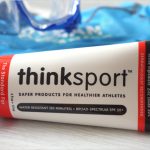
More natural sunscreens with zinc oxide?
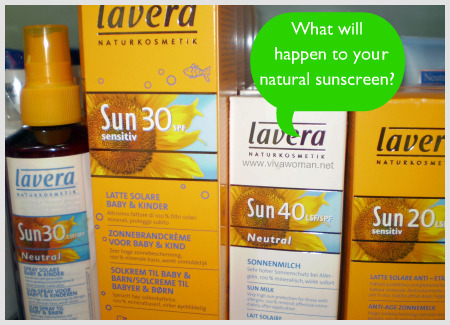
This week, I received a newsletter from Marie-Veronique Organics with information about how the introduction of a standardized logo for UVA protection in addition to the SPF rating under the new European regulation would affect their products. According to the company, sunscreen labels in compliance with the new EU regulations could look like this:
Brand X Sunsreen
SPF 30 UVB protection
***** UVA protection
(5 stars would indicate maximum UVA protection)
This label tells you are getting UVB protection at the SPF 30 level, meaning it filters 96.6% of the UVB rays, and maximum UVA protection, meaning it filters both short (320-340 nm, a.k.a UVA-2) and long (340-400 nm, a.k.a. UVA-1).UVA rays.
Titanium dioxide offers only partial UVA protection
Hence, some natural sunscreens containing only titanium dioxide such as Dr Hauschka’s are affected by this regulation and has since discountinued their range of sunscreen. This is because titanium dioxide’s protection range is from 290 to 360 nm, and provide protection through all of UVA2 range but partially into the UVA1 range.
Zinc oxide offers effective UVA & UVB protection
On the other hand, sunscreen formulations offering zinc oxide as the active ingredient provide complete and effective UVA1 and UVA2 protection as it has a broad range of effectiveness, covering UVB as well as both short (320-340 nm, UVA-2) and long (340-400 nm, UVA-1). In addition, the newsletter also explained that regular zinc oxide blocks visible light up to wavelengths 700 nm, whereas zinc nanoparticles block only up to 380 – 400 nm. (source)
More natural sunscreens with zinc oxide
So for those who are using natural sunscreens containing only titanium dioxide, it’s time to make a switch because you’re not really getting sufficient protection. I actually welcome this piece of news because this would mean that going forward, we can see more natural sunscreens containing zinc oxide!
Comments
Leave a Reply
You must be logged in to post a comment.

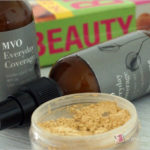
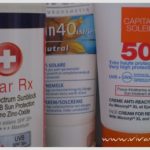








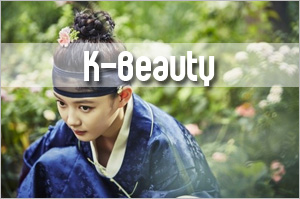

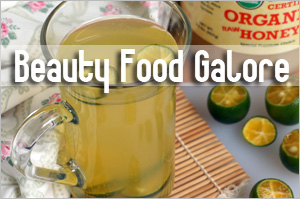
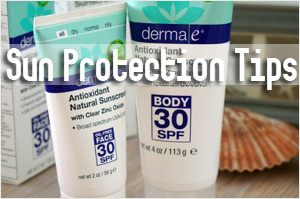
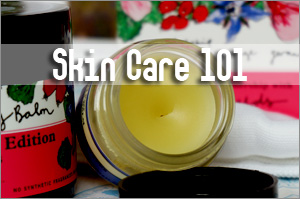
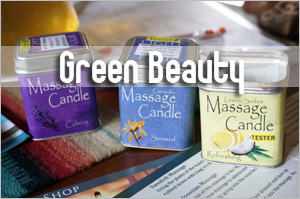
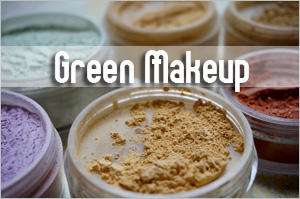
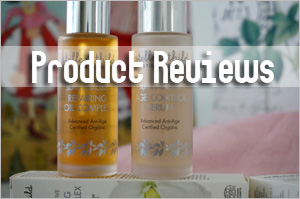
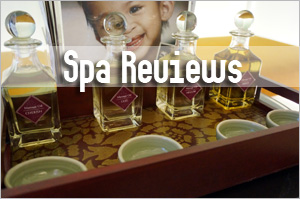
I highly impressed with sunscreen and i am sure fans would like to recommend it for sun skin damage.Hope it will work.
thanks for the info!! though, this is adding to my sunscreen confusion! :p
oops sorry, i don’t mean your info is adding to my confusion, i mean, i’m very confused hahaha. ?
Hey, no worries. I’m equally confused too. Doesn’t help that there’s too much info and some are too technical as well. But I like this new labelling – makes it easier for consumers to identify.
So, would there be a synchronization with the PPD and PA+++ system?
I don’t think it’s synchronization but more of a standardization as right now consumers are sort of bombarded with different systems and that can be confusing. I rather like this new standard; makes it a lot easier for us!
This sounds interesting, and I definitely agree that this standardisation is a long time coming.
Thanks for the info!
You’re welcome! Indeed, they should have done something like that earlier!
is this new standard gng to be used across all sunscreens or just the natural ones? also, do you have any body sunscreen for daily use to recommend??
It applies to all sunscreens – natural and chemical. For body sunscreen, I use UV natural but it’s quite thick. I sometimes use La Roche Posay’s Anthelios XL which is great in terms of texture and application. Only drawback for me is that it is chemical.
Do you know How much Zinc Oxide do you need for good protection?
I have a sunscreen that has 7% zinc oxide in it.
I know it can go higher, but is 7% good?
Thanks!
7% is not sufficient. The sunscreen should contain other active ingredients for sun protection. If the sunscreen uses only zinc oxide, then the content should be at least 16%.
The problem with too much zinc oxide and titanium dioxide is that it tends to cast a white/grey shadow on the skin. For that, I use tinted natural sunscreen to prevent a white face ?
Yes, that’s true. And unfortunately, not all formulations come with tinted versions.